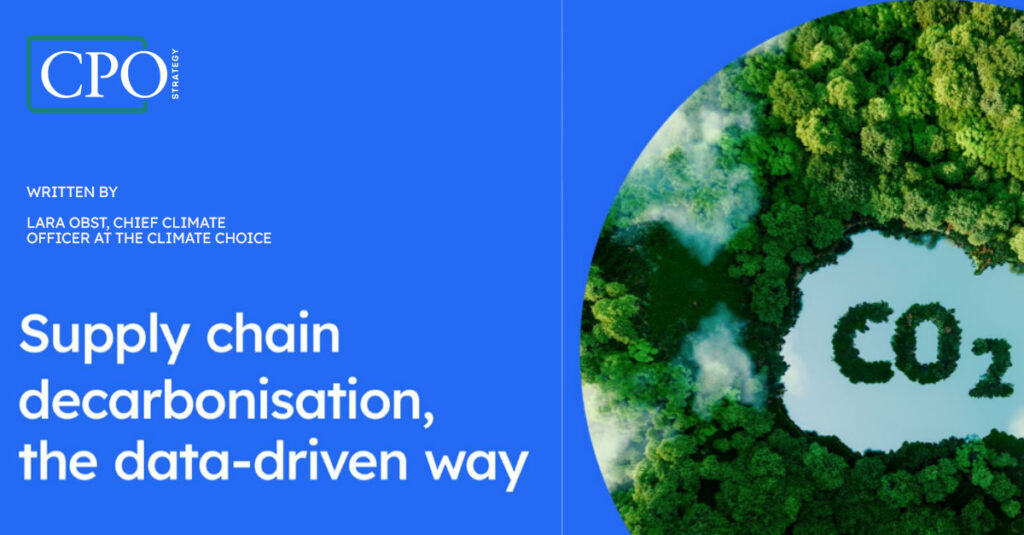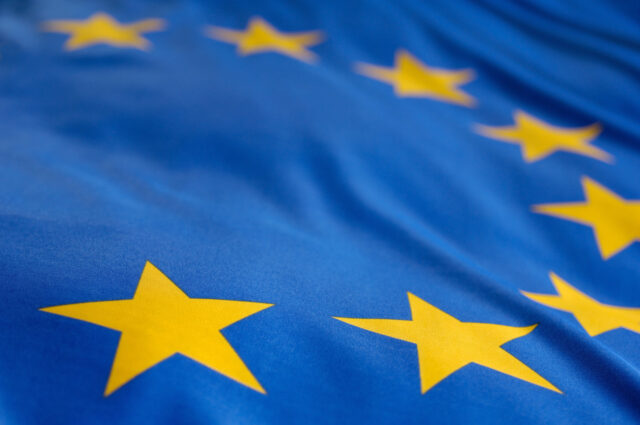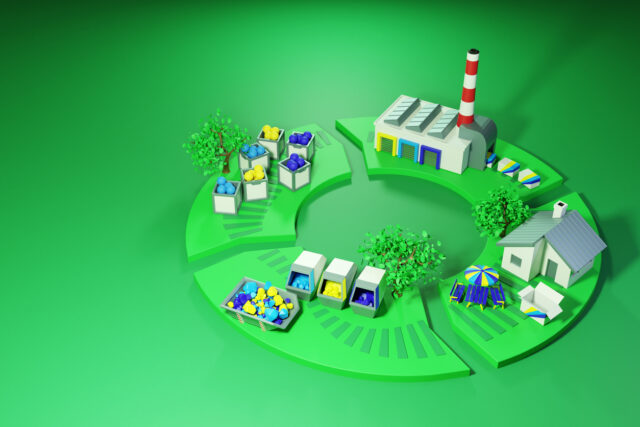
It’s an open secret: enterprises that want to effectively reduce their CO2 emissions need to first and foremost address their supply chain. Up to 90% of a company’s greenhouse gas emissions originate from here. A new software-driven approach to tackle these emissions is developed in cooperation of O2 Telefónica and the startup The Climate Choice – with first results and breakthrough learnings.
It’s an open secret: enterprises that want to effectively reduce their CO2 emissions need to first and foremost address their supply chain. Up to 90% of a company’s greenhouse gas emissions originate from here. A new software-driven approach to tackle these emissions is developed in cooperation of O2 Telefónica and the startup The Climate Choice – with first results and breakthrough learnings.
O2 Telefónica aims to be net CO2 neutral by 2025 at the latest. The company has already reduced the CO2 emitted directly, in Scope 1, and indirectly through electricity purchases, in Scope 2, by 97 % since 2015. Now, the aim is to discover climate-related risks and find potential solutions in collaboration with their suppliers. This leads to the biggest corporate challenge of today: a structured climate transformation process along the supply chain needs structured climate data management. However, obtaining climate-relevant data along the supply chain and successfully engaging suppliers in decarbonisation efforts is not easy. Many questions arise: what are the challenges and risks, best practices, and opportunities to collect, validate and report this data?
A pioneering collaboration to collect climate-relevant data
To find an answer to all these questions, O2 Telefónica and climate tech startup The Climate Choice have set out to launch a joint climate data program. For this purpose, the telecommunications provider uses The Climate Choice’s software platform, to facilitate the efficient and effortless collection of climate-focused data from around 1,000 suppliers. The top 40 suppliers are also invited to carry out a software-driven climate rating in order to uncover potential for decarbonisation and to identify tailor-made fields of action. The qualitative and quantitative data resulting from this serves as the basis for a Scope 3 decarbonisation strategy for O2 Telefónica. The collaboration preceded a pilot project in which the individual climate maturity of selected suppliers was recorded and validated.

Using The Climate Choice’s new solution approach and software tool, O2 Telefónica was able to develop a transparent, scalable process for collecting comparable data on the climate maturity of its suppliers.
This data fuels The Climate Choice’s intelligent data platform and allows to obtain supply chain specific benchmarks, year-to-year comparisons and actionable reporting through dashboards, which ensures ongoing control of engagement results, core KPIs and aggregated metrics. This way one can shed light on the status of its supply chain decarbonisation journey. Find in the following our exclusive insights on this process.
From past performance to forward-looking metrics
To fully understand the decarbonisation processes of companies such as O2 Telefónica in Scope 3, we must first take a look at the data that companies need in order to fully align suppliers with their climate strategy. Typically, if you think about climate KPIs and metrics for climate action, you might think of CO2 emissions. Of course, this is not wrong, since the carbon footprint is among the most important indicators for measuring a company’s climate impact. However, its exclusive use for supplier decarbonisation is problematic for three reasons:
- Availability is very limited.
- Comparability is hard due to a lack of calculation standards.
- Measured CO2 emissions are backward looking, so-called lagging KPIs, and only indicate what happened last year.
That is why it is crucial to look at forward-looking metrics, so-called leading KPIs. These metrics draw a picture of the direction the company will move towards over the next few years. Thus, they reveal if a company’s climate transformation is already happening and if yes, to what degree. It is therefore important to look at whether climate targets of your suppliers are being seriously pursued and if they are compatible with your own goals. Furthermore, you must know what governance processes are in place within the company, whether the company is managing climate-related risks and opportunities, and what data is already disclosed supporting this.

Author: Lara Obst, Chief Climate Office, The Climate Choice











